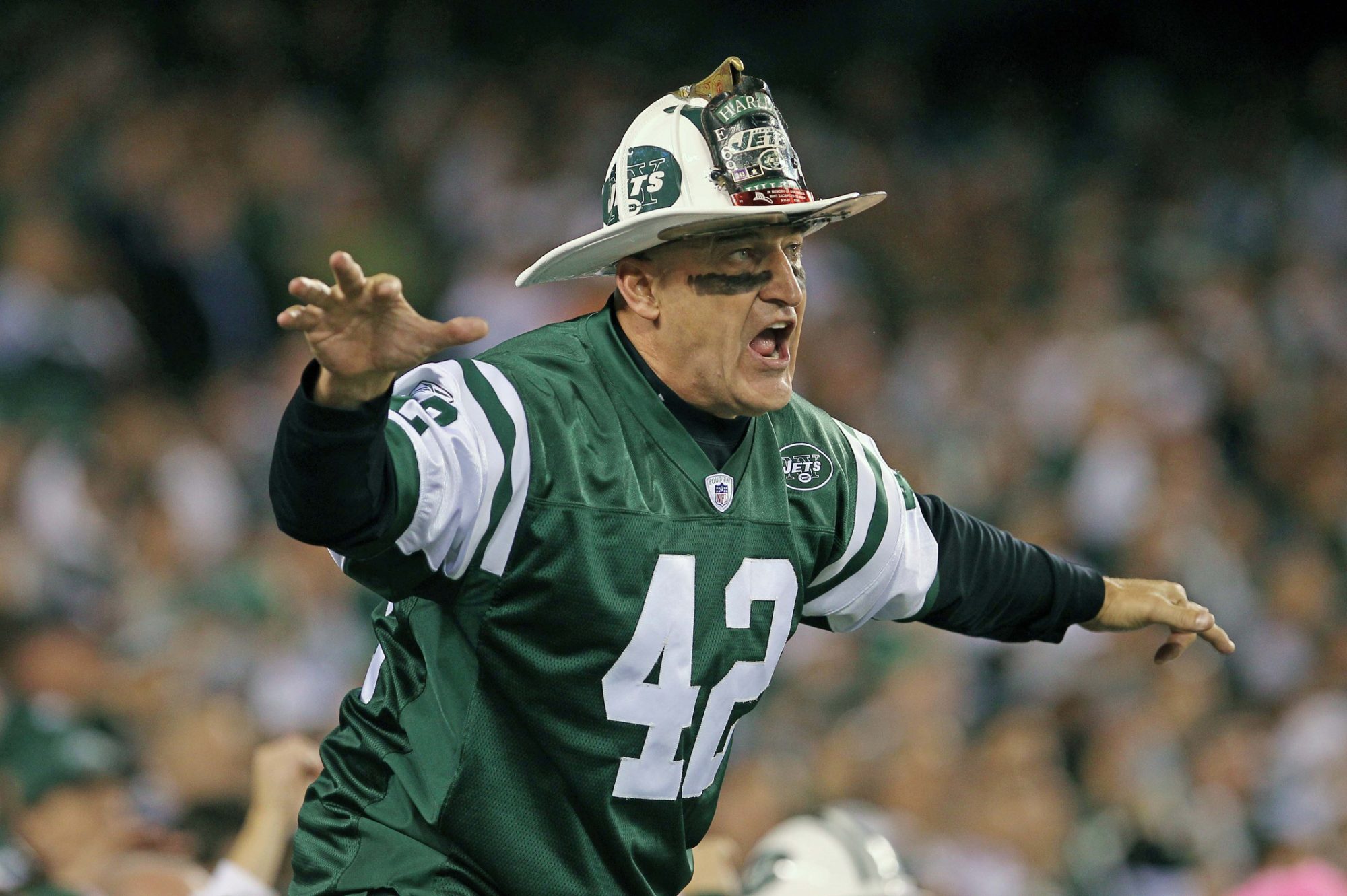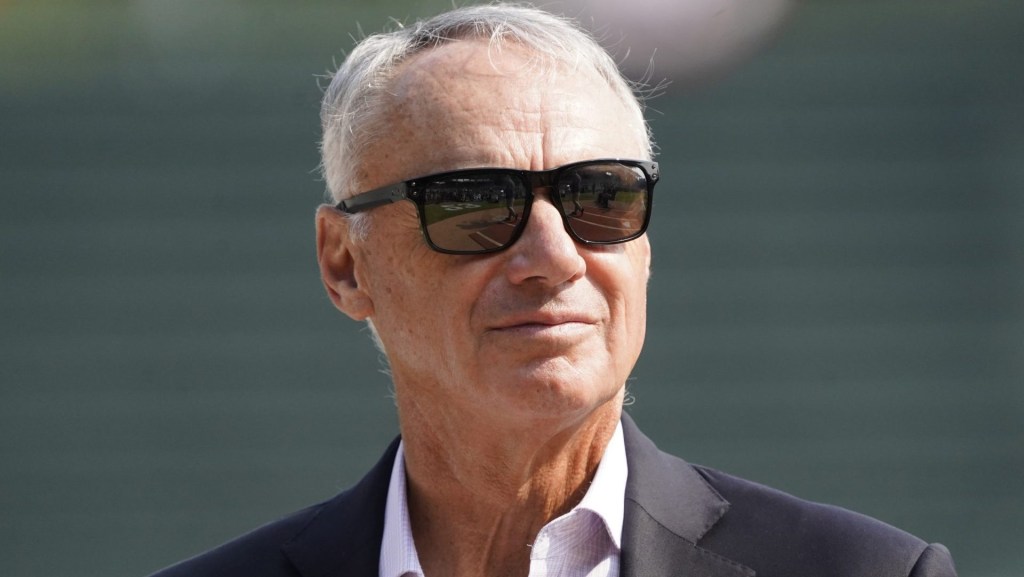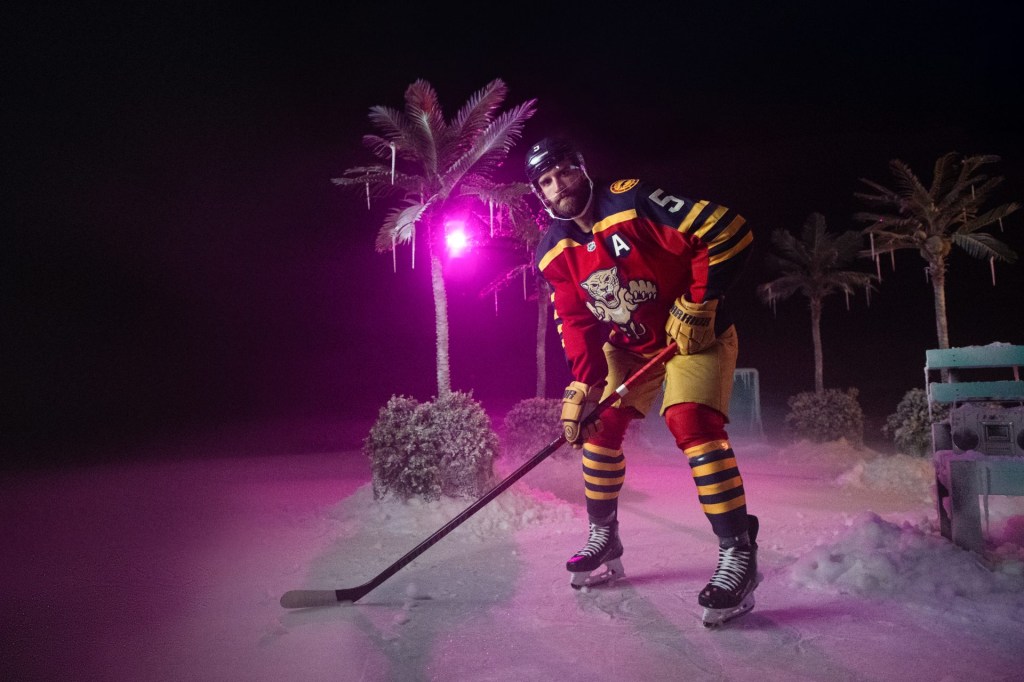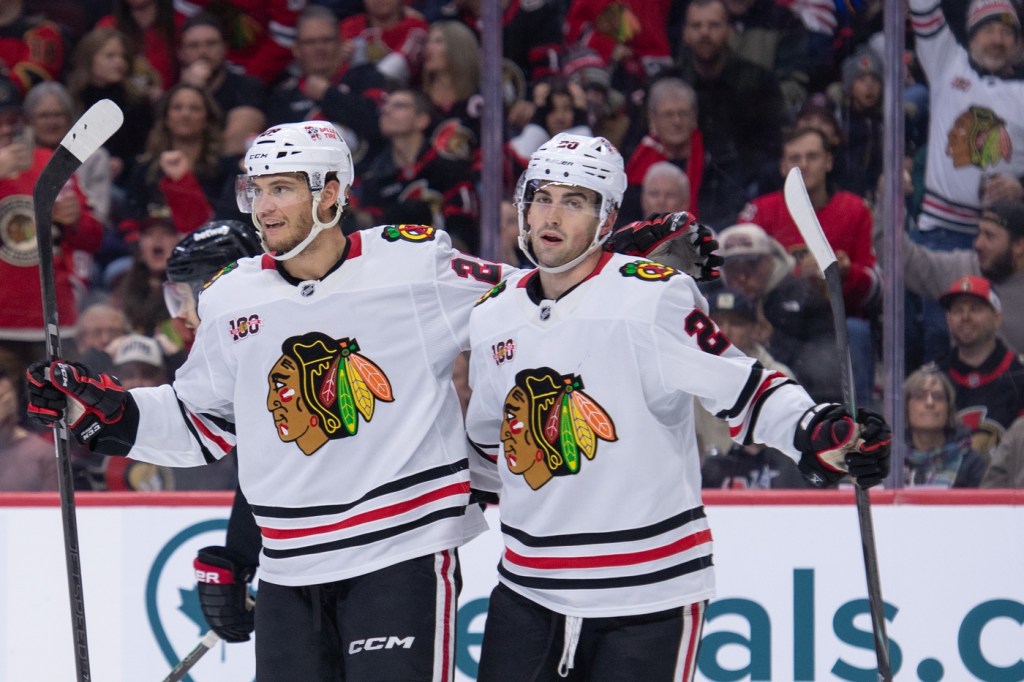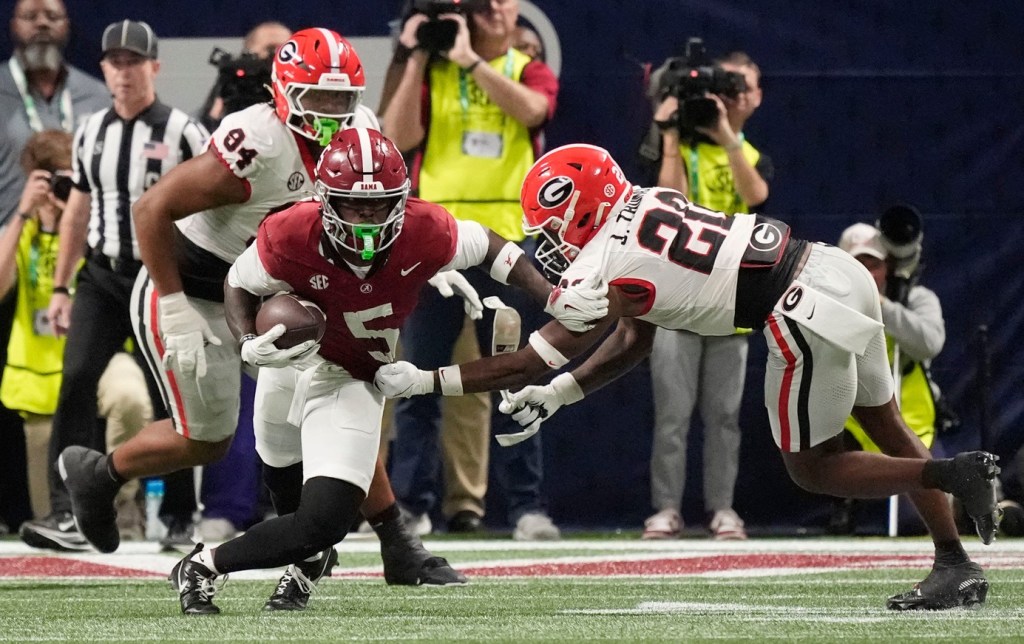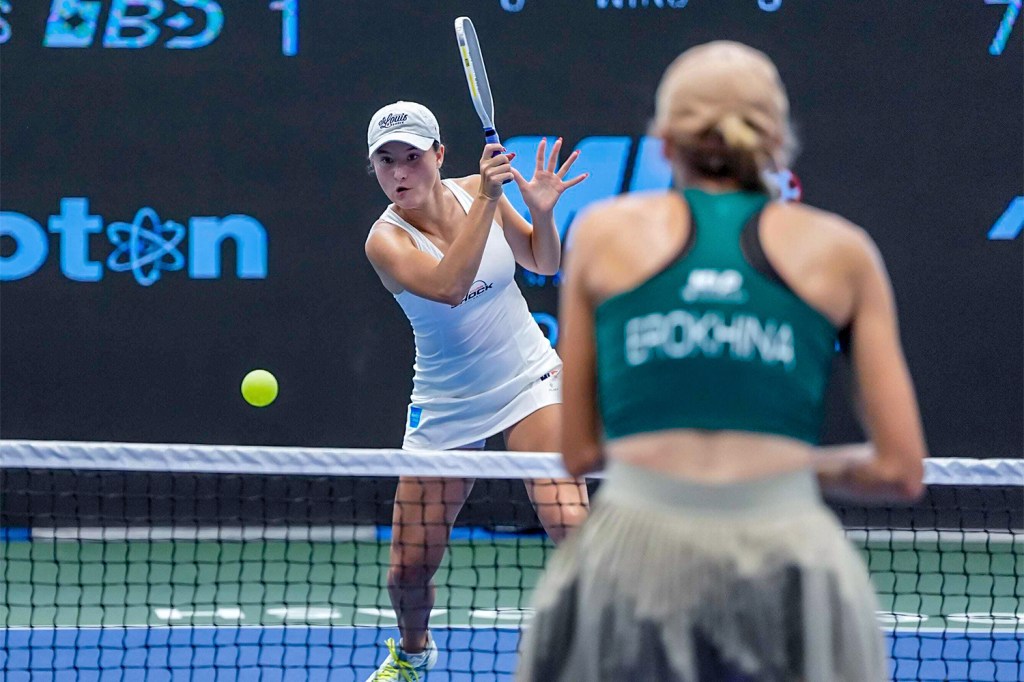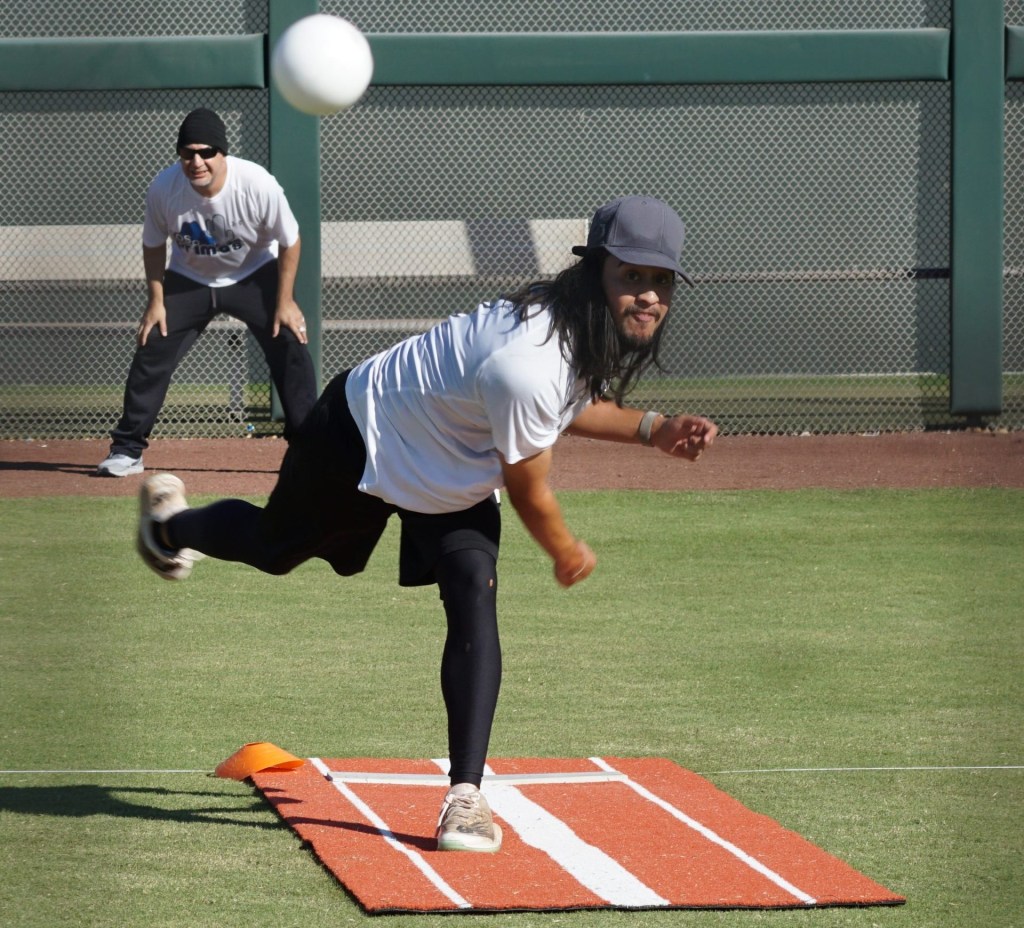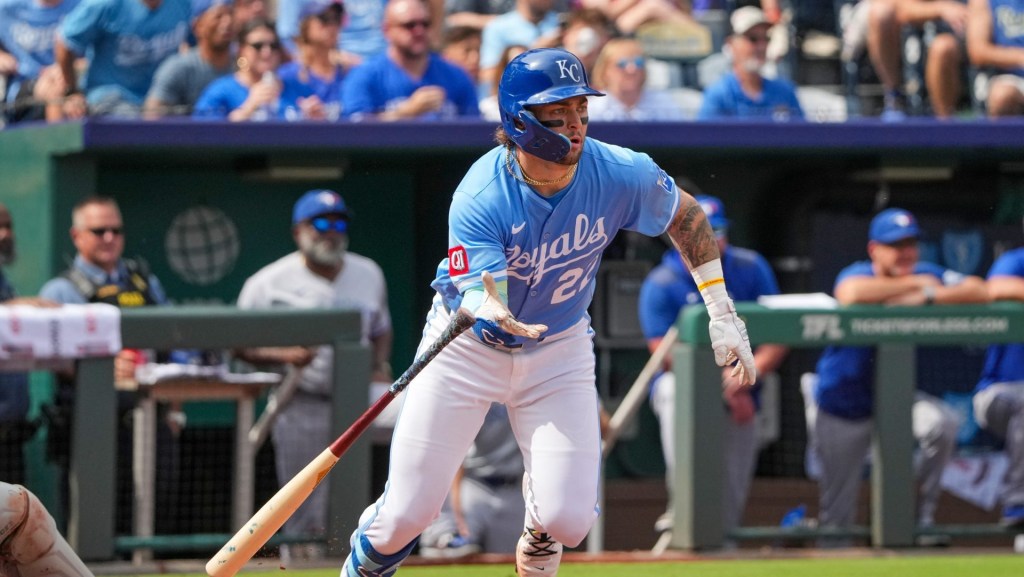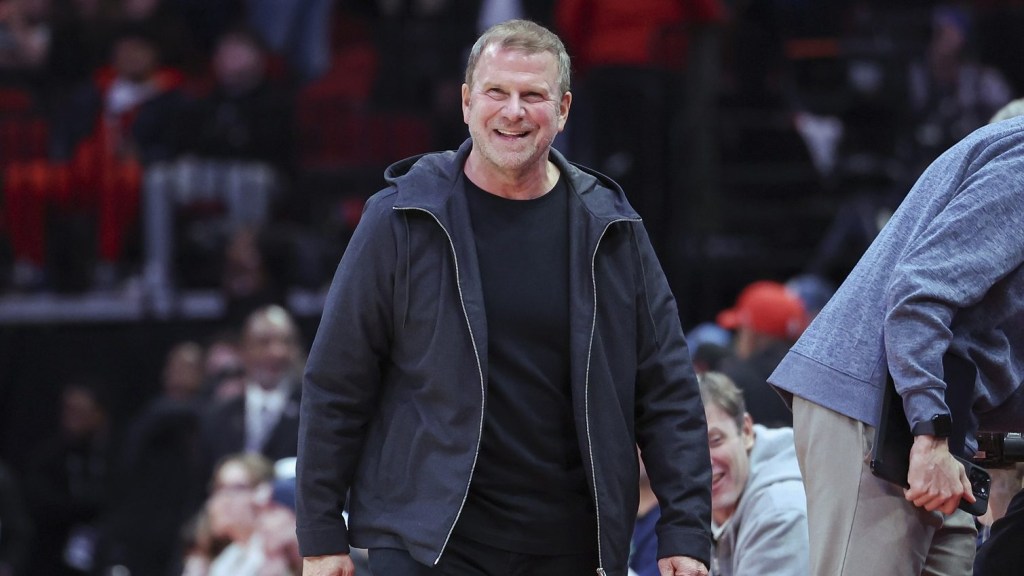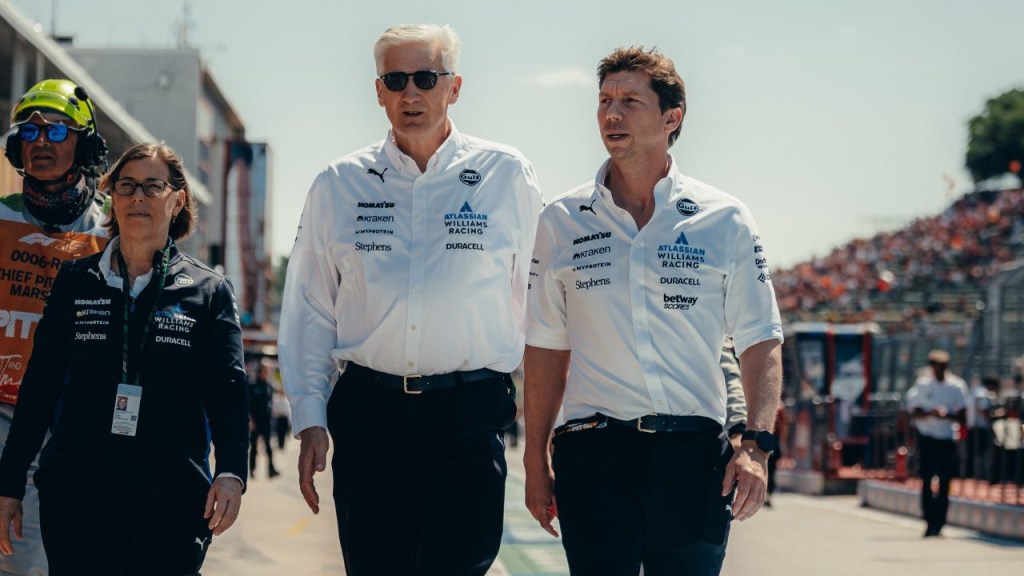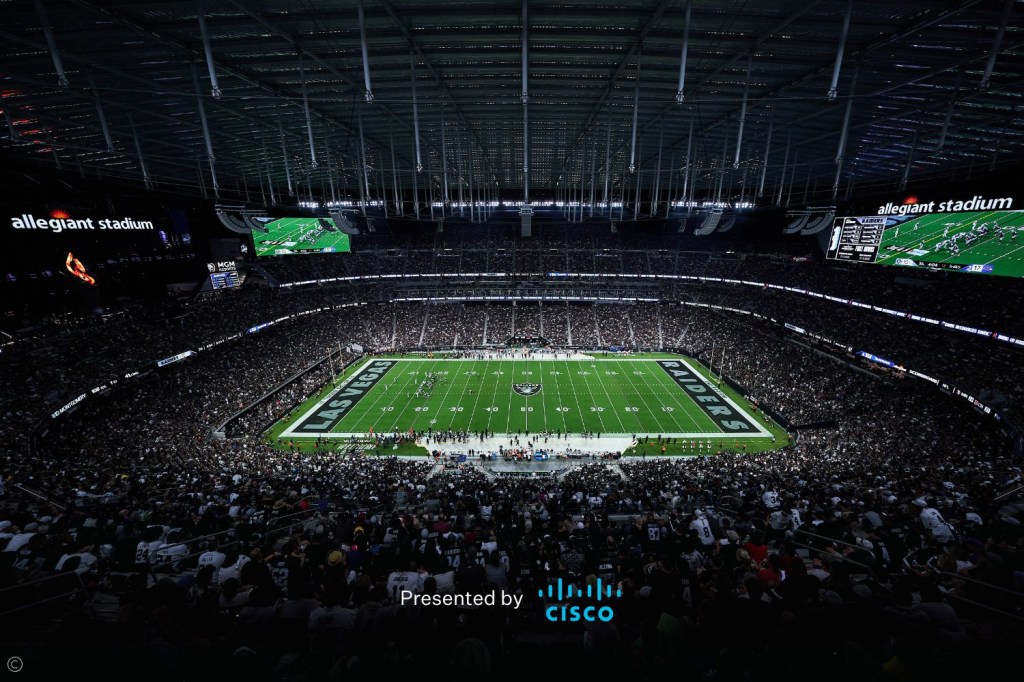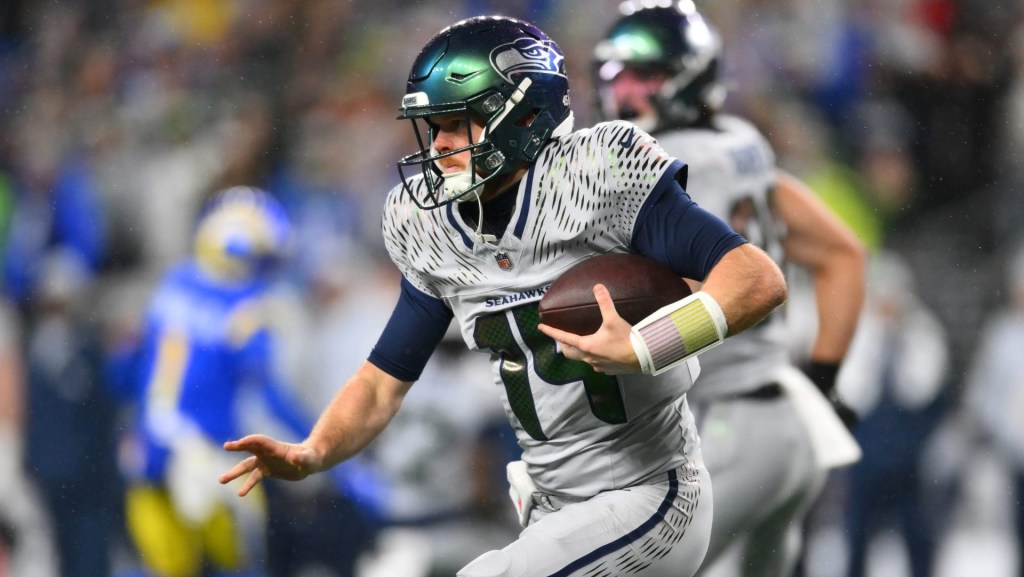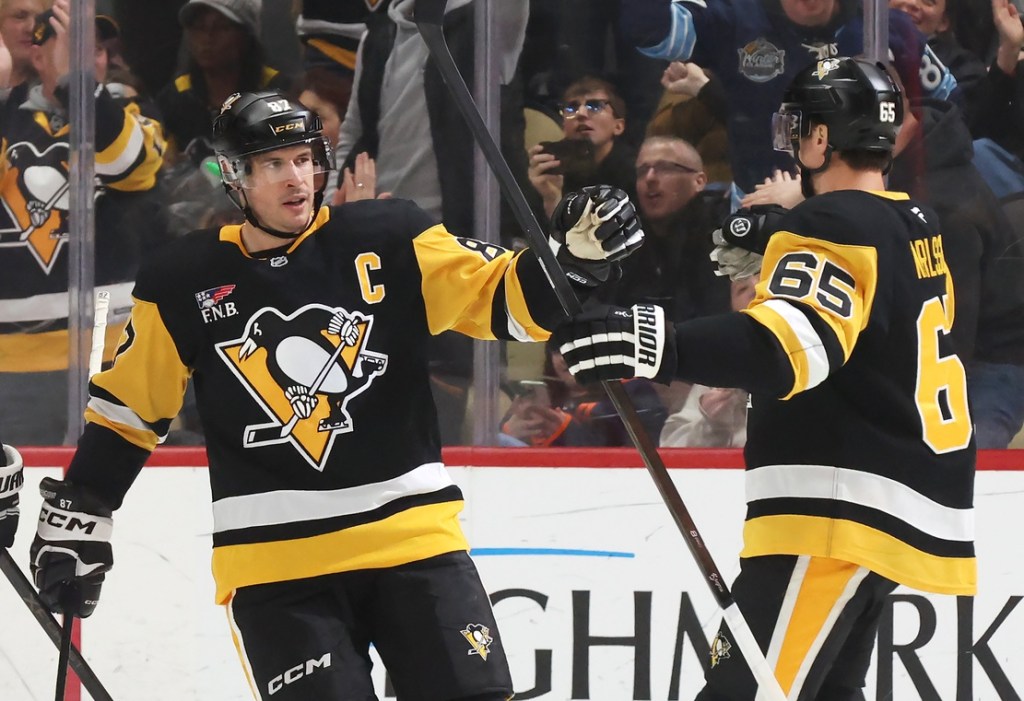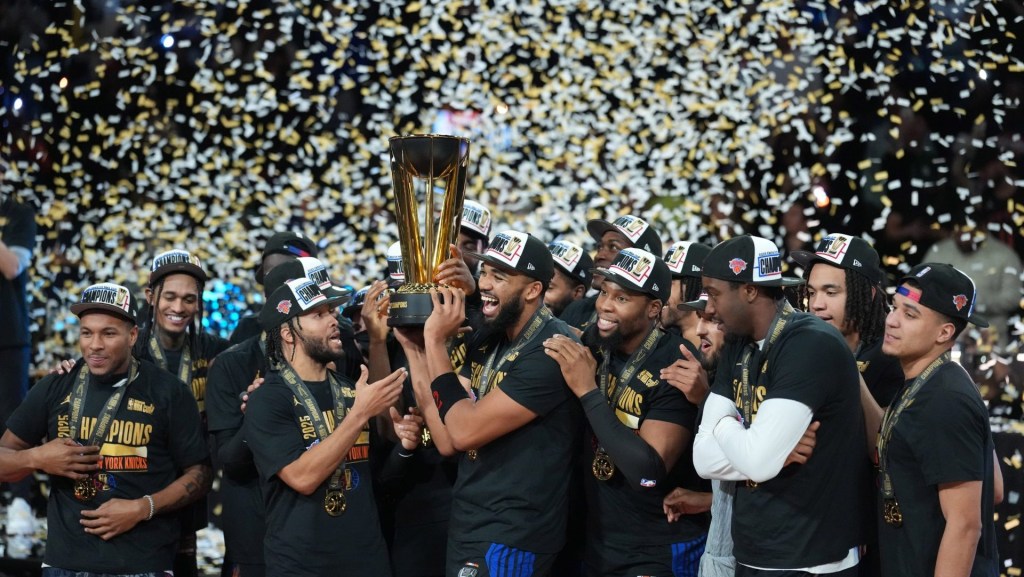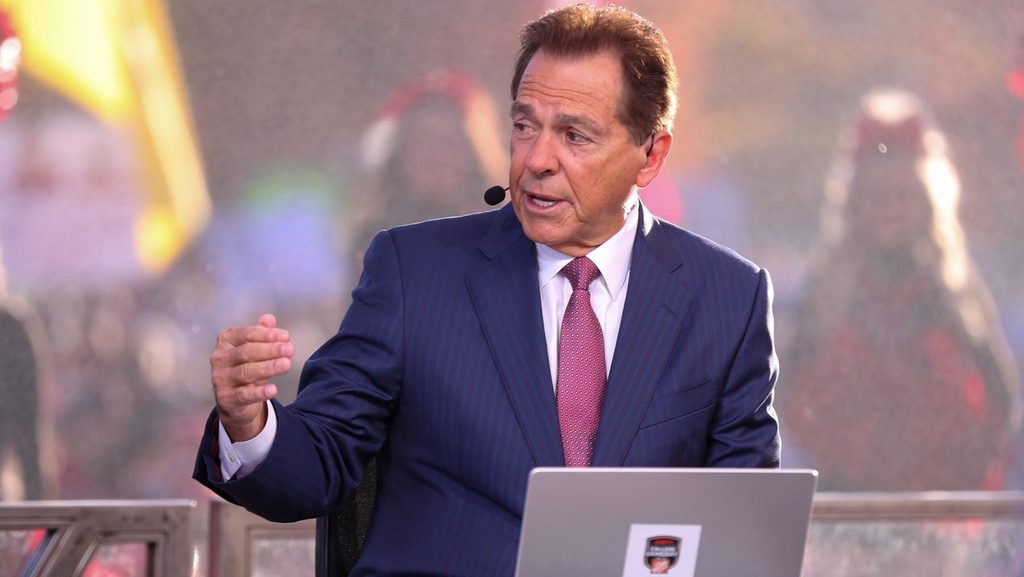Months before he unveiled “the wave” during the 1981 ALCS between the Yankees and the A’s, “Krazy George” Henderson and his drum held the Pittsburgh Steelers scoreless.
“There was like one minute left and the Steelers had a first down at about the [Houston] Oilers’ six-yard line,” Henderson tells Front Office Sports. “I had so much noise going that there were two false starts that backed them up to past the 15. Time ran out when they were at the five, and the place went nuts. This was the first time I got national publicity because of what Chuck Noll said in his news conference: He blamed me for losing the game.”
The legendary Steelers coach called Henderson’s antics “about as illegal as anything,” and they eventually made it so as NFL owners passed an excessive noise rule (it was scrapped in 2007). George was part of the first wave of pro sports superfans, a list that also included Denver’s Barrel Man (Tim McKernan) and, as the 1980s stretched on, Washington’s Hogettes, and the New York Jets institution Fireman Ed (Edwin M. Anzalone).
However controversial, superfans have long had a big place in sports—one that’s only grown with social media. The NFL, in fact, holds a Fan of the Year contest, in which they embrace some of the most high-profile personalities. Some rabid fans have simply secured a place in team lore, but others have built a profile to the point they’ve monetized their fandom. But for teams and leagues, superfans are not always without controversy.
Superfans have made their mark mostly on the NFL, capitalizing on the league’s immense reach on TV.
“What sport would it be easiest to become a super fan in? That’s the NFL,” says Daniel Wann, a Murray State University psychology professor who has spent his academic career studying fan engagement. “There are fewer games. And the games are usually on the weekends, so that helps. I can’t imagine what a superfan life would be for a Major League Baseball team. You’d have to be retired or rich.”
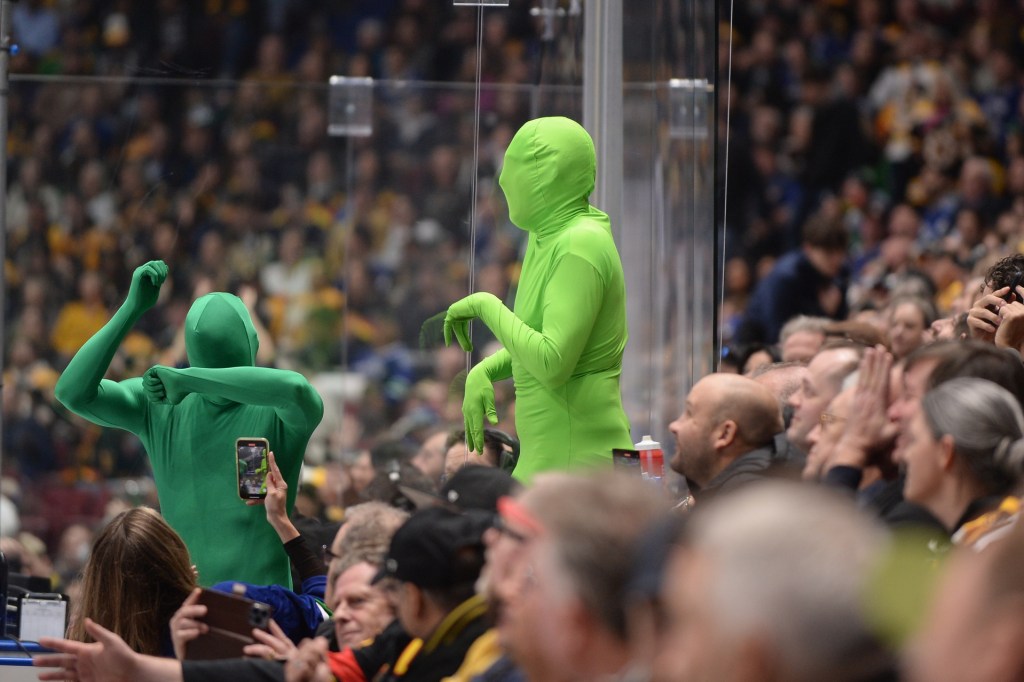
Still, plenty of other leagues have highly recognizable presences.
In the NHL, two “Green Men” rose to North American hockey semi-stardom. Adam Forsythe and Ryan Sullivan became a centerpiece of the Vancouver Canucks’ Stanley Cup run in 2011. The duo watched an episode of It’s Always Sunny in Philadelphia that first aired in 2007 in which Charlie Day’s character attends an Eagles game on LSD while wearing a green suit. The two, both broadcast journalism majors at the time, ordered tight-fitting green bodysuits.
One didn’t arrive in time for a Seahawks game in late 2009, so they went to a Canucks game instead. The tickets they got through a family friend were next to the visiting penalty box at Rogers Arena. “We went and we weren’t even sure if we were gonna get in because we just walked across the street with green spandex covering our faces,” Forsythe, who went by “Force,” tells FOS. “Somehow, they let us in and security was all over us immediately, telling us, ‘Don’t touch the glass.’”
The two became a sensation in Vancouver immediately for clowning opposing players in the sin bin. They eventually worked in props, including waffles and signs, to troll the opposition. The Green Men attended dozens of games across five seasons before “retiring” in 2015. Forsythe and Sullivan regularly got free drinks, made a little money in appearances, and received a sponsored trip to Boston during the 2011 Stanley Cup Final. But both estimated they spent thousands more on tickets than they ever made off being Green Men.
But before their initial run ended, Force and Sully—like Henderson with the NFL—drew ire from the opposition. During the second-round series in 2011 between the Predators and Canucks, the Preds front office complained to the league.
“Mike Gillis, the Canucks GM, went to bat for us,” Forsythe says. “There was a big, spirited debate among the final eight teams in the playoffs whether the Green Men would be allowed back in. That was so cool. They should have been focused on the Stanley Cup, but instead they were having a roundtable discussion of the merits of two guys in green spandex.
In the right situations, there’s money to be made from superfandom. Many superfans across sports have cashed in through appearance fees and sponsorships. Need bar mitzvah entertainment? The New York Rangers’ “Dancin Larry” offers his services.
Sponsorship is also key. In Philadelphia, “Philly Sports Guy” Jamie Pagliei makes more than $2,000 a month off his fandom by selling sponsorship space on his various jerseys to Eagles games along with the other pro teams in Philadelphia. Pagliei tells FOS no team has directly given him flak for wearing the sponsors that could conflict with the team’s, although he noticed something during the current season when he wore branding for Garage Beer—the beer company launched last year by Jason and Travis Kelce.
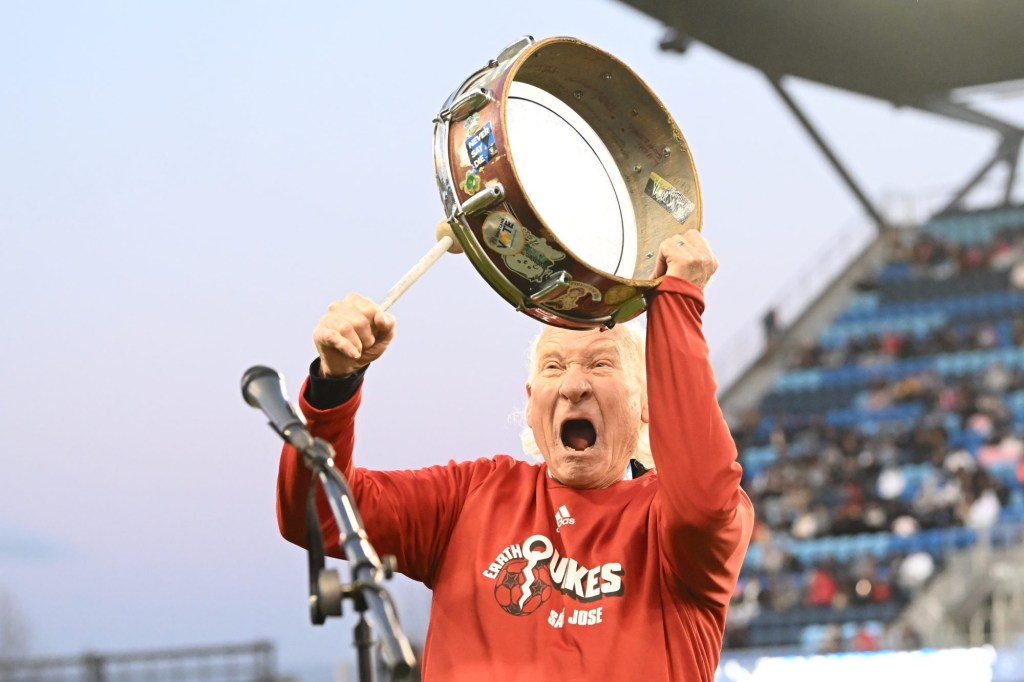
“I learned they won’t show me on the big screen or on TV if I am wearing a sponsor that doesn’t coincide with theirs,” Pagliei says. “The Eagles didn’t show me on the big screen for two months as they were showing all the other fans with painted faces during the game—and I found out why. It was because Garage Beer is a direct competitor of [Eagles official beer partner] Miller Lite. I took off [the logo] before Sunday’s playoff game—and they finally showed me on the big screen again.” (The Eagles couldn’t be reached for comment when FOS asked about Pagliei.)
Ann Pegoraro, an economics professor at the University of Guelph in Canada, says despite the potential sponsorship conflicts, “the positives outweigh the negatives for the teams” when it comes to superfans.
There are a few intangible benefits, too: “Being a Green Man is how I met my wife,” Sullivan says. “I had some of the best moments of my life through wearing that green suit. It turned out to be one of the best decisions I’ve ever made. I have absolutely zero regrets.” (The Green Men came out of retirement for a game last season after an eight-year hiatus, despite some changes: “Sully has a natural six-pack, and if I even sniff McDonald’s I’d gain 10 pounds,” Forsythe says. “That was rough.”)
Superfans are sometimes brought into the fold of a team as Fireman Ed Anzalone was with the Jets before the 2023 season. That September, Anzalone filmed an authorized commercial for JetBlue, a Jets corporate sponsor. Sometime between when that social ad was posted and early in the 2024 season, there was some kind of falling out between Fireman Ed and the Jets. It’s unclear from both parties what caused the rift as Anzalone has done similar ads.
Anzalone, who declined an interview for this story, expressed on social media that he was annoyed when the Jets failed to show him on MetLife Stadium’s big screens after touchdowns—which for decades meant he would lead fans on the “J-E-T-S. Jets. Jets. Jets” chant—and during certain defensive situations.
“I don’t know exactly what’s going on, but they’re phasing us out,” Anzalone said in an Instagram post in October 2024. “I’d like to know if somebody knows anything, please let me know, because it’s evident that it’s happening, and it needs to stop because we need home-field advantage. That’s what we have and we need to keep it going.” (Messages left with the Jets, who went 3–5 at home and 5–12 overall, were not returned.)
However, superfans may increasingly need less from the teams and the leagues to boost their profiles. Pegoraro says the rise of social media has made superfans less dependent on the game producers who decide to direct camera operators to them.
Regardless of their direct relationships with teams, superfans like Hendrson are still in a class of their own, whether in history books or making content on social media now. Their role goes beyond taking pride in their team—and they continue to leave a mark.
A raspy Henderson, now 80, quips that he is semiretired. “My male modeling days are over. Really, my voice is the limitation these days. But I changed the face of sports because I started when nobody else was doing it. Getting the fans involved in the game is why I’m successful—because I can make the fans feel like they’re part of the team and they’re helping the team. That’s the difference between me and all these other acts.”
